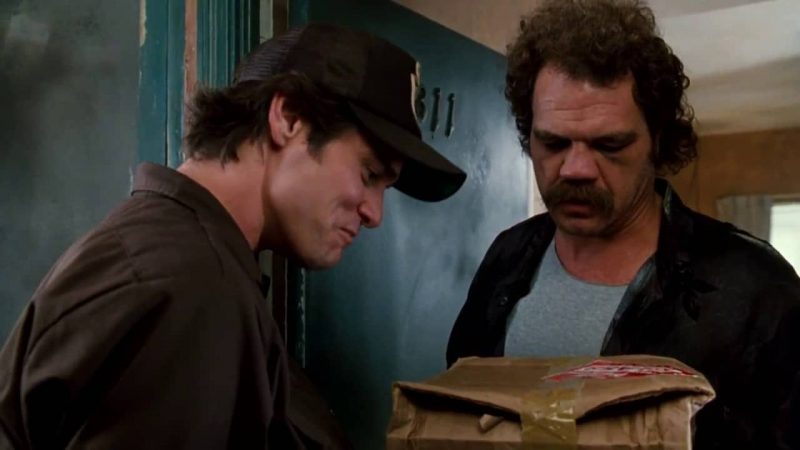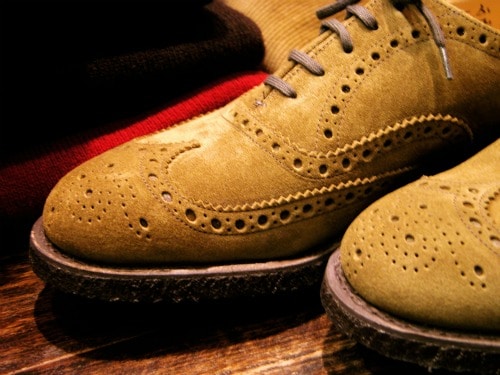What is Vintage Style?
Contents
As you may well know, the idea of vintage clothing has become incredibly popular over the past few years. It seems as though more people than ever before are going out there and snapping up some pretty wonderful vintage clothing. So, what is vintage clothing? Well, that is what we are going to take a little look at on this page.
This question is actually a bit tricky to answer. It has no real definition. For some people, vintage clothing is an item of clothing made more than a couple of decades ago. For others, vintage clothing may cover something made a decade or longer ago. Generally speaking though, the common definition that many vintage clothing stores use is that if it is made within the last fifteen years, it is probably not going to be an item of vintage clothing.
What does vintage clothing mean?
Vintage clothing is not just about the age of the product, however. It is also about the style of the product. Poor quality clothing i.e. clothing constructed by no-name brands is unlikely to be classed as vintage by many people. On the other hand, if the clothing comes from a top brand in the world, it is likely to be classed as vintage. This helps to mix up the basic definition at least. Sure, any clothing older than fifteen years could technically be classed as vintage, but unless it is a big name or has something unique about it, you are unlikely to find it for sale in a top vintage clothing store.
In addition to this, vintage clothing tends to encapsulate the style of the era that it comes from. After all, the main reason why people purchase vintage clothing is the fact that they wish to inject a touch of a particular style into the clothing that they are wearing. You will most likely not find bland and basic clothing, no matter how old it is, classed as vintage clothing by many major vintage clothing collectors and retailers out there. Yes, it is old. However, it is unlikely that somebody is going to class it as vintage if they deal with this clothing professionally.
To understand the term ‘vintage’ a little bit, it may be worth knowing a little bit about where the term originated from. Firstly, it was used to refer to the year in which wine, or perhaps and oil, was bottled. It later went on to be used in the world of cars. Shortly after that, it became popular as a generic term and people started to refer to it in the sense of clothing.
Whilst some people may class clothing from before 1920 as vintage, it is not, not technically. By the strictest definition, anything more than one hundred years old would be referred to as an antique. Sure, you may find a few bits and pieces from this era in vintage clothing shops, but the vast majority of these clothing pieces, the pieces that have survived at least, have managed to work their way into clothing collections all over the world.
You may even find a few bits and pieces on display in your local museum. Of course, if you can source clothing from this era, it is not suggested that you wear it as you would do with other vintage clothing. You see, by the time it would have landed in your hands, it is likely that the clothing will have started to wear down considerably. It may look great, but continued usage of this clothing is going to do nothing more than damage it.
Most clothing from eras earlier than the 1920s will actually be remade. This ensures that you are able to enjoy clothing made to modern production standards whilst at the same time being able to enjoy the fantastic style that this era was famous for. Of course, it is going to be tough to intertwine clothing from this era into your standard day-to-day clothing. As a result, this style of clothing is often used for re-enactments and nothing more.
It is worth noting that various companies may not refer to anything made after the 1960s as vintage. Yes, it is vintage by the strictest sense of the definition, but specialist companies do like to split their stock down a little bit more. You may find it referred to as the following:
- Clothing from the 1960s and 1970s (i.e. designer Mary Quant) tends to be referred to as either Retro or Funky (you can probably guess why when you look at the style of clothing from that day and age).
- 80s clothing tends to be called 80s clothing. It is, of course, vintage by the strictest sense of the definition. Some 80s clothing is actually more desirable than 60s and 70s fashion! This is, in part, down to the fact that it was produced much closer to the time we live in now. This means that it is going to be easy to blend in with current fashions, many of which have their roots in the 80s and 90s.
Remember, there are a lot of stores out there now packed to the brim with all sorts of vintage fashion, both online and offline. Make sure that when you look at what is on offer, you end up with something that is absolutely brilliant in terms of quality and that you can actually wear it. After all, as clothing ages, even by a few years, its quality decreases quite drastically. This is why you should only ever purchase vintage clothing with reputable stores. After all, you need to know that it is going to be in perfect condition and thus you will look fantastic in it!
Fashion Through the Decades
On this page, we are going to take a brief look at the differences between the various decades when it comes to fashion. This is, of course, not a complete guide. Many, many books have been written on the subject. It should, however, be fine for those who are just getting started in the world of fashion:
Vintage Fashion 1900 to 1918
It was in this decade that haute couture started to become the norm, only for the wealthiest out there though. The earliest pieces looked absolutely stunning too. Obviously, halfway through the decade, World War 1 began. This means that the clothing produced at that time was slightly lower in quality as most resources were being placed into the war.
1920s Vintage Fashion
Fashion started to pick up again at the start of the 1920s. Long and thin silhouette clothing was the main focus here. A lot of the clothing produced had huge amounts of detail. This included a lot of beading. Beautiful fabrics were long, and dresses produced were long. As movies started to gain popularity at this stage, they had a huge impact on fashion.
1930s Vintage Clothing
Parisian couture started to leak into the world of fashion. This was because of the huge amount of publicity that movie stars were generating. Women boasted clothing that had a number of feminine attributes, this was a stark contrast to the 1920s where clothing was very masculine in style. Evening gowns were the norm here.
1940s Vintage Styles
Clothing did not go through that much change during the 40s due to World War 2. Durability was the main focus. Clothing needed to last. Much of what was produced was wool, particularly suits. Blues and blacks dominated the color schemes.
1950s Vintage Clothes
Rock and roll was the main focus of the 50s. It permeated youth culture like no other type of music. This led to huge changes in the world of fashion. Think along the lines of leather jackets and jeans. Women were wearing dresses adorned in floral patterns, cocktail dresses, cardigans, and capris. Audrey Hepburn helped to popularise a number of styles at this time.
Vintage Fashion from the 1960s
Many of the most popular items of clothing at this time were tailored, particularly the suits. Women absolutely loved to wear Twiggy mini skirts. Obviously, hippy culture was rife in the 1960s, so psychedelic clothing was very much ‘in’. Synthetic clothing started to become more popular at this time.
1970s Vintage Designs
This decade said goodbye to hippie culture, but some of its impacts remained on the clothing produced. This included long flowery dresses. Disco was very much in and that had an influence on fashion.
Vintage 1980s Clothing
This was the year of the shoulder pads and tight-fitting jeans. You would also find plenty of people boasting some rather colorful cardigans. Converse and loafers were popular footwear to wear.
1990s Retro Fashion
It is hard to define fashion trends in the 1990s. Denim was certainly ‘in’, along with mini-skirts. Many women wore clothing that exposed their stomachs,
2000s
This era is very much a blend of styles from over the years, particularly in respect to the 1990s. Pop-punk style is incredibly popular in the 2000s.


